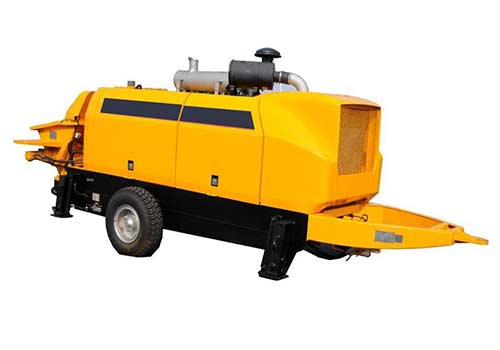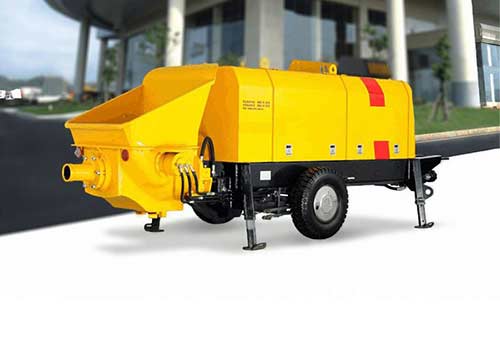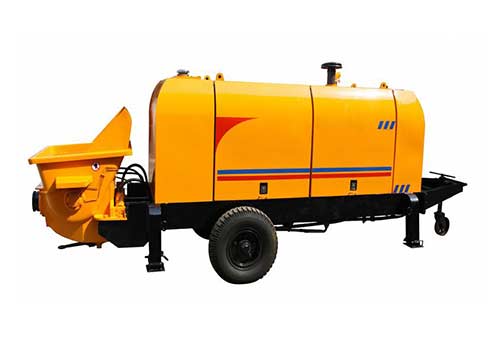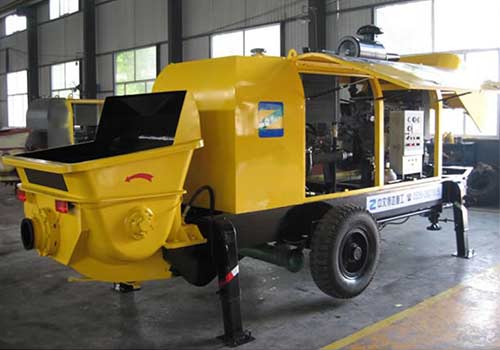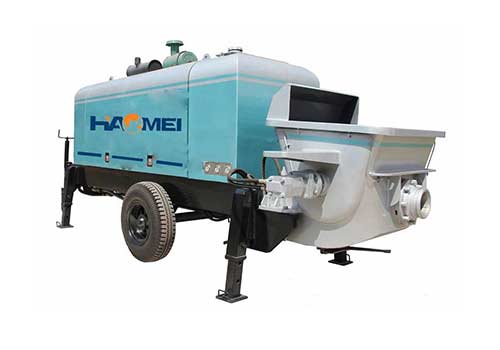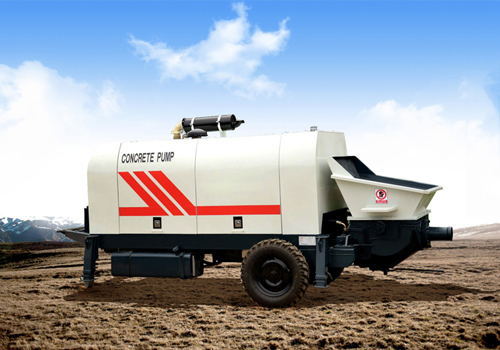Durable Reinforced Rubber Hoses for Concrete Delivery: Engineered for Construction Excellence
May 05, 2025
In modern construction, where efficiency and reliability are paramount, the choice of concrete delivery equipment plays a vital role. Among the essential components, reinforced rubber hoses stand out, offering a robust solution tailored for demanding concrete transfer tasks. These hoses, specially designed for concrete pumping, combine innovative material features with advanced reinforcing techniques to ensure superior performance and longevity.
Features of Reinforced Rubber Hoses for Concrete Delivery
1. Superior Material Composition
2. Reinforced Structural Design
Unlike standard hoses, reinforced types integrate high-tensile steel or synthetic cords alongside layers of rubber, creating a composite structure that offers exceptional strength. This multi-layer reinforcement enables the hose to withstand high internal pressures typically associated with concrete pumping, reducing the risk of rupture or deformation.
3. Flexibility Combined with Toughness
While reinforcement provides strength, the rubber composition and intricate layering grant the hose flexibility. This feature simplifies installation and maneuvering around construction site obstacles, improving efficiency in short and long-distance concrete transport.
4. Temperature and Chemical Resistance
Construction environments often expose hoses to extreme conditions. Reinforced hoses are engineered to function effectively within a wide temperature range—resisting cold cracks and heat degeneration. Furthermore, their chemical resistance ensures sustained performance when exposed to moisture, cement slurry, and other concrete constituents.
Applications in Construction and Infrastructure Projects
Reinforced rubber hoses are indispensable in operations demanding consistent, high-volume concrete transfer:
- High-rise Building Construction: Facilitating vertical concrete pumping where pressure levels are significant.
- Bridge and Road Infrastructure: Delivering concrete across large distances and varied terrains with minimized equipment failure.
- Precast Concrete Production: Ensuring pure, continuous flow of liquid concrete for molding precision.
- Dams and Water-retention Structures: Handling demanding cementitious mixes with reliability and safety.
These hoses are compatible with various concrete pump systems, from trailer-mounted monitors to boom pumps, seamlessly integrating into diverse workflows to maximize productivity.
Technical Insights from a Distinctive Viewpoint
One of the standout features of reinforced rubber hoses is their dynamic tension handling capability. Unlike simple hoses that expand or deform under pressure intelligently, reinforced hoses maintain their shape and structural integrity due to their tension-balanced reinforcement layers conditioned through extrusion machining. This enables the hose to endure fluctuating flow rates without fatigue, an essential trait during high-demand pumping cycles.
Moreover, the layered construction enhances acoustic and vibrational damping, reducing noise levels and mechanical stress on pump machinery. This structural insight is crucial when considering bylaws or safety regulations pouvant limit noise and vibration in sensitive environments.
Solutions and Best Practices
Optimizing the performance of reinforced rubber hoses involves careful attention to connection and maintenance:
- Proper Coupling Installation: Using specialized fittings to prevent leaks and maintain pressure integrity.
- Regular Inspection & Replacement: Detecting signs of abrasion, bulges, or rubber degradation early to avoid failures.
- Pressure Management: Ensuring that operating pressures stay within manufacturer-specified limits for prolonged service life.
Employing high-quality reinforced hoses designed specifically for concrete delivery directly translates to not just operational efficiency but also significant cost savings and safety improvements.
Related Articles
-
Specialised concrete pumping cab tilt pump
Dec 17, 2024
-
Exploring Concrete Pumping Machines
Dec 19, 2024
-
The Power of Pumpable Concrete in Construction
Jan 02, 2025
-
Placing boom lennox concrete pumping
Mar 14, 2025
